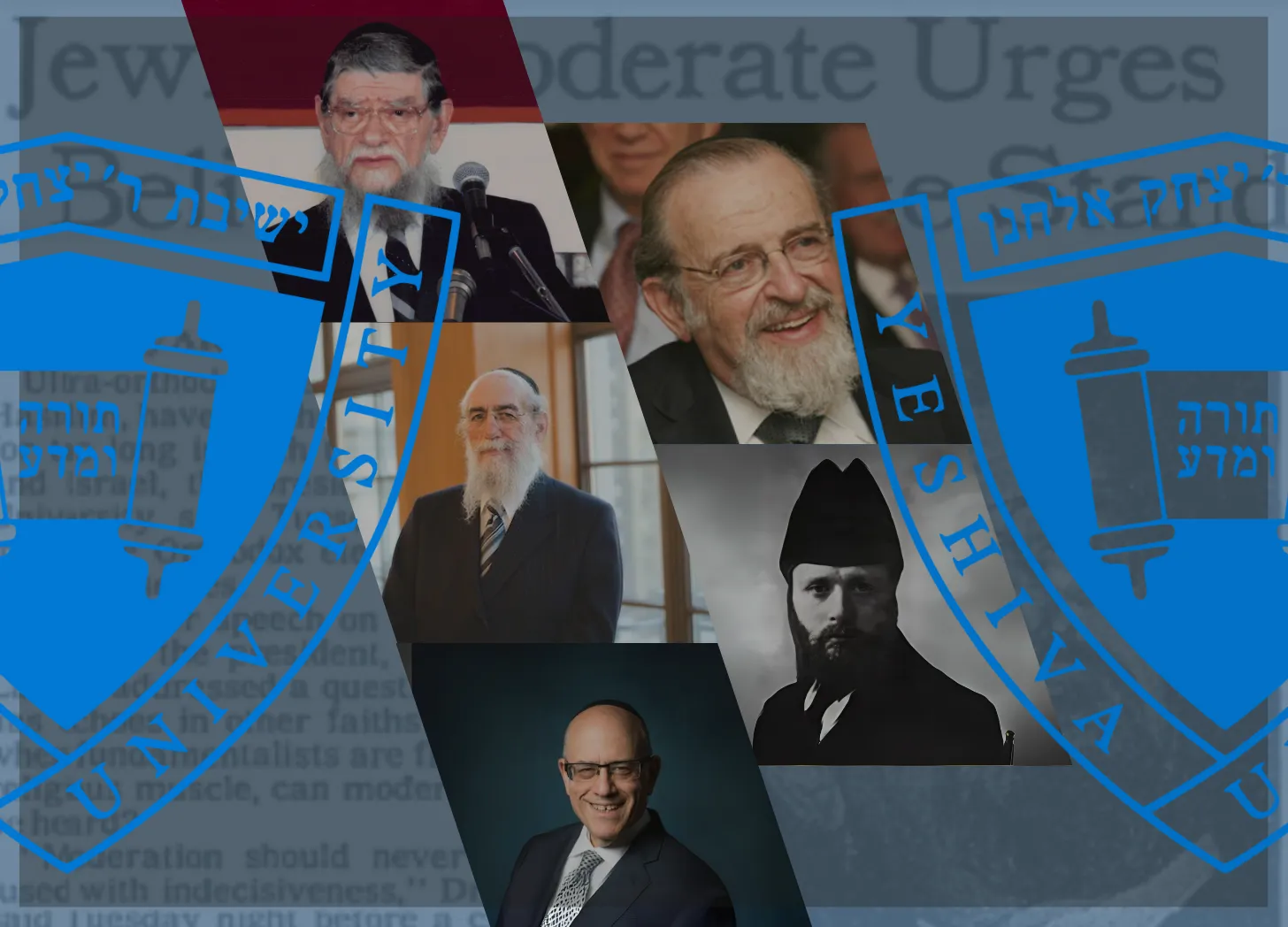Torah U’Mada, in the broadest sense of the term, is the underlying Hashkafa of Centrist Orthodoxy. In that sense, a Centrist is someone who values Mada (secular studies and secular culture). However, there are major differences even among Centrists in how they apply value to it.
There is the Hirschian Torah Im Derech Eretz (TIDE) model, which sees value only in those studies and aspects of culture that enhance our belief in God, deepen our understanding of Torah, or enable us to make a living. This utilitarian view dismisses parts of Mada that do not fall into those categories.
The Torah U’Mada (TUM) model, on the other hand, sees value in Mada for its own sake, considering the study of all of God’s creation to be inherently valuable, irrespective of whether they conform to the conditions of TIDE. The cultural side of TUM is more complicated, but essentially - as long as there is no contradiction with Halacha or with Jewish values, there is nothing wrong with participating in the culture as a means of relaxation.
Back in the mid 80s, Rabbi Norman Lamm, then President of Yeshiva University (YU) decided that YU’s motto of TuM needed to be better defined. That the idea of having a Yeshiva and a University in the same building or campus was not enough. This led to his TUM project and later to his classic work on the subject. In that work, he proposed several models of what TuM represents.
YU was never accepted by the right. Although it was never banned as heretical or considered outside the pale of Orthodoxy, the idea of a Yeshiva college was seen as ‘Krum’ - a distorted view of Judaism.
To the right, only Torah study was to be pursued. In more extreme right-wing circles, attending college was considered outright forbidden. In less extreme right-wing circles, Mada was seen at best as a necessary evil for Parnassah (livelihood) purposes, which should otherwise be avoided. No self-respecting right-wing yeshiva would ever include a college curriculum as part of its program.
Rabbi Bashevkin then notes the following:
On Chol Hamoed Pesach 1988, Rav Mordechai Gifter, Rosh Yeshiva of Telshe, lambasted Rabbi Lamm and Yeshiva University after a New York Times article entitled “Jewish Moderate Urges Believers to Take a Stand” covered Rabbi Lamm’s ideology. Rabbi Gifter took particular issue with how the article described Rabbi Lamm’s differences from the more right-wing yeshiva community:“But unlike what he called the right wing,” the article reports, “Dr. Lamm said the centrist group is open to secular culture…”
Rabbi Gifter’s biting response to Rabbi Lamm became known in yeshiva lore as “Gifter Shechts Lamm for Pesach.”
As Rabbi Lamm’s audience grew, so did the platform of his critics, most notably The Jewish Observer, the official monthly magazine of Agudath Israel of America.
Rabbi Lamm delivered his message to the Fifth Avenue Synagogue, contrasting his moderate Centrist Orthodoxy with Ultra-Orthodoxy. He criticized their triumphalism, which he argued was based strictly on their numbers, and stated that they had set the agenda for too long. He added that it was time for Centrist Jews to assert themselves.
After additional criticism in the Jewish Observer by Rabbi Aaron Twerski, Rabbi Lamm responded with a bit of contrition, hoping that we could all agree to disagree in the spirit of Elu V’Elu (Although he didn’t use that phrase, I believe that is what he meant).
This chapter in the history of Orthodoxy in America is a very sad one. I see no need for the right to have such utter disdain for Centrism. At the end of the day, we both believe the same fundamental things. We both believe in God and in His word as recorded in the Torah. We both study Torah in the same way. We both believe that there is value in Torah study for its own sake. We both believe in the meticulous observance of Mitzvos. Even our lifestyles are not all that different, we daven in the same Shuls and send our children to Yeshivos that teach the same Torah all the way through high school and beyond.
The only difference is that Centrists include Mada in their lives and have a positive view of it, while the right tries not to include it. Seeing it as either unnecessary or, at best, a necessary evil to be avoided if possible.
It's just a shame that these two worlds can’t look at the vast similarities between us instead of looking at the minute and insignificant differences. Because at the end of the day, we are all the same.
